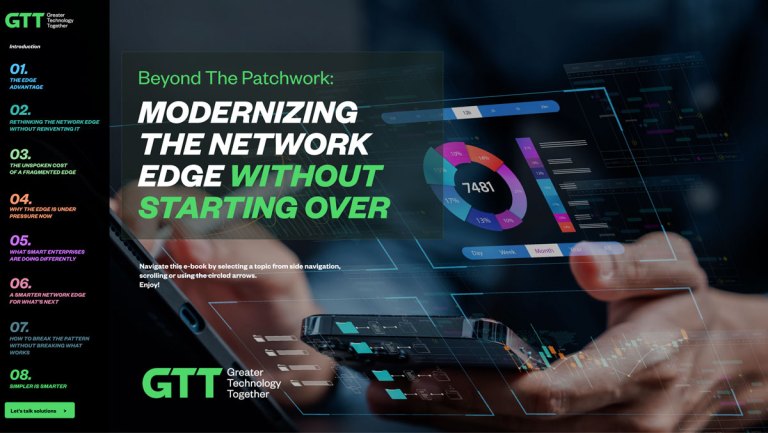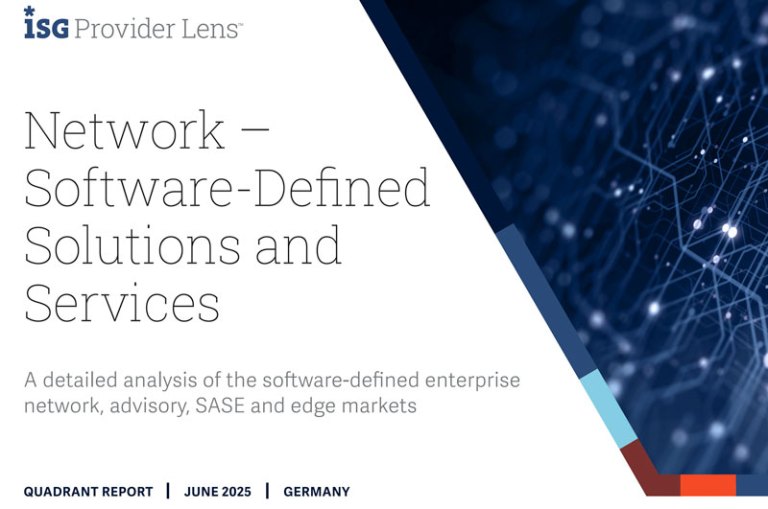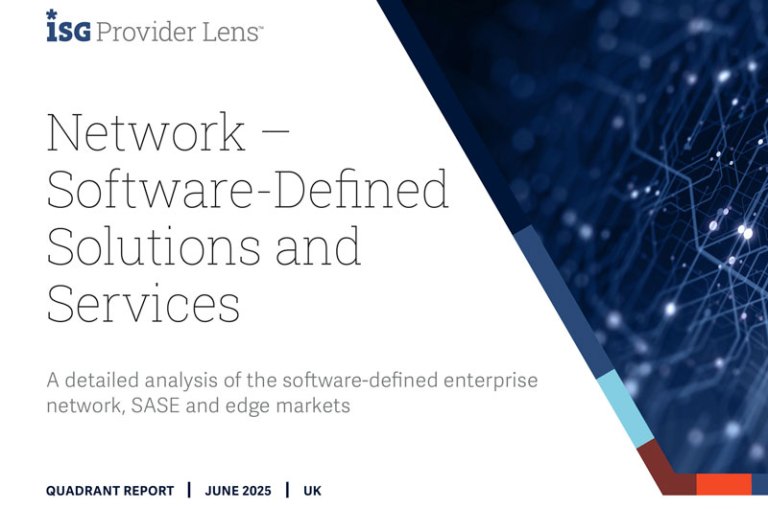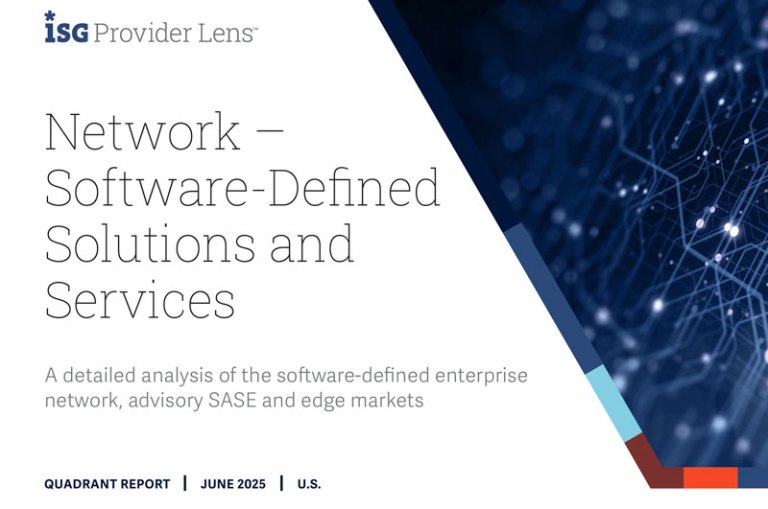In today’s world of escalating cyber threats, organizations must make strategic investments in cybersecurity. Security ROI (Return on Investment) is an important metric that allows businesses to assess the effectiveness of these investments, ensuring protection aligns with financial goals. But security ROI goes beyond cost justification; it empowers businesses with actionable insights for:
- Effective resource allocation
- Improved budgeting
- Enhanced decision-making
- Risk mitigation
- Continuous improvement
By accurately calculating ROI, cybersecurity strategies can be optimized, ensuring robust protection in an ever-evolving landscape of threats. This article will explore measuring security ROI, understanding key metrics, and implementing best practices to maximize cybersecurity value.
What is Security ROI?
Security ROI measures every financial and operational benefit derived from cybersecurity investments, clearly showing how well these expenditures mitigate risk and strengthen your security posture. Establishing accurate security ROI is essential for any organization balancing security needs with broader business goals.
Importance of Measuring Security ROI
Measuring cybersecurity ROI provides a proactive framework for cost-effective practices, fostering a culture that positions security as a critical component of overall business success. Key benefits of measuring security ROI include:
- Cost Justification: Decision-makers need clear, data-driven insights to validate security investments. ROI metrics backed by industry benchmarks help build stakeholder confidence. For example, enterprises can save an average of $2.22 million by using security AI and automation to prevent breaches. Additionally, organizations with a strong incident response plan reduce breach-related costs by an average of $1.49 million. These figures reinforce the business case for continued investment in advanced security technologies and experienced personnel.
- Risk Reduction: Effective security investments not only prevent incidents but also enhance overall resilience. Organizations with a well-structured incident response plan experience significantly reduced recovery times and costs. According to Forbes, companies that regularly test their backup procedures can better withstand destructive cyber incidents. This proactive approach translates to tangible financial benefits, reinforcing the value of strategic security planning.
- Resource optimization: Measuring security ROI helps businesses focus their security budgets where they’ll make the biggest impact. Take multi-factor authentication (MFA), for example. By adding an extra layer of protection, unauthorized access is stopped before it happens. That means fewer incidents to clean up and less time spent fighting fires. The money and effort saved can go back into strengthening other parts of the network, keeping everything running smoothly and securely without wasting resources.
- Improved Decision-Making: By tracking the financial impact of past incidents, organizations can allocate resources more effectively, focusing on areas of highest vulnerability and aligning with business priorities.
- Alignment with Business Goals: Security ROI ensures cybersecurity initiatives support broader organizational objectives. For instance, in e-commerce, ROI data can demonstrate how improved security practices enhance customer trust and support compliance with PCI-DSS regulations.
Security ROI enables organizations to turn cybersecurity into a strategic advantage, embedding it as a core component of their growth strategy.
Key Metrics to Calculate Security ROI
To accurately quantify security ROI, here are some essential metrics to track and assess:
- Cost Avoidance: With the average data breach in 2024 costing $4.88 million, calculating cost avoidance offers insight into potential savings from security investments.
- Risk Reduction: Track the reduction in vulnerabilities or incident frequency over time to show how targeted security investments improve your organization’s risk posture. This is where a cybersecurity ROI calculator can be a useful tool, helping quantify risk reduction as part of a broader Security ROI initiative.
- Operational Efficiency: Measuring operational efficiency is vital in evaluating how well your security investments have streamlined processes and improved productivity.
With these foundational metrics in place, let’s explore effective methods to calculate ROI for cybersecurity projects.
How to Calculate ROI for a Cybersecurity Project
There are several proven approaches for calculating return on security investments, and many can be applied or combined within a broader cybersecurity ROI calculator framework. Below are three effective methodologies that can help quantify value and guide future strategy:
Cost Avoidance and Savings
To determine total potential savings, factor in:
- Legal fees, regulatory fines, and reputational costs
- Investments in firewalls, intrusion detection, and employee training
- Operational downtime and lost revenue during breaches
- Labor and time savings from automated security solutions
- Decreased brand awareness and loss of customers
Tracking these costs against avoided incidents offers a comprehensive picture of cost savings attributable to security investments.
Risk Reduction Analysis
Risk evaluation involves tracking key metrics to determine the financial impact of threat reduction over time. Some valuable KPIs include:
- Incident frequency and severity
- Mean time between failures (MTBF)
- Mean time to detect (MTTD) and remediate (MTTR)
- Threat intelligence efficacy
- Non-human traffic (NHT) rates
Aligning these metrics with specific security investments can reveal the financial impact of reduced risks and inform future initiatives.
The Gordon-Loeb Model for Security Investments
The Gordon-Loeb Model provides a framework for optimizing cybersecurity investment levels, balancing security expenses with potential loss from breaches. The model suggests that the optimal security investment should not exceed 37% of the expected loss. Calculation factors include:
- Value of at-risk data
- Potential financial loss from breaches
- Dollar-value investment to reduce vulnerabilities
This model helps ensure that investments remain aligned with financial risk thresholds.
Factors That Influence Security ROI
When evaluating security ROI, you should consider both the scale of security projects and the current threat landscape.
Scale and Scope of Security Projects
The breadth of a project, including the number of systems, networks, and applications involved, can significantly impact costs and potential savings. For example, a company implementing enterprise-wide security measures will incur higher upfront costs but may see more significant benefits in risk reduction and cost savings than smaller, isolated implementations.
The duration of project implementation can also influence costs and resource allocation. For example, longer projects may be susceptible to shifts in the threat landscape, meaning more agile strategies are required to ensure effective implementation and positive ROI.
Current Threat Landscape
As cybercriminals develop evermore sophisticated tactics, organizations must invest in the most up-to-date security technologies to mitigate risk. Here are a few examples of current trends driving cybersecurity investments:
- Compliance requirements are changing rapidly due to regulations like the GDPR and CCPA.
- Phishing is one of the most significant risks, with instances increasing by 62% more than any other type of threat.
- Ransomware attacks are also on the rise, with 32% of organizations suffering attacks due to exploited vulnerabilities.
- Cybercriminals are increasingly targeting supply chain vulnerabilities, making third-party software security an equally essential consideration.
However, while these may be the pressing threats of the moment, tomorrow may always bring new challenges. Cybercrime is evolving at an unprecedented rate, so maintaining vigilance is crucial for organizations striving to protect their data and systems.
Best Practices for Maximizing Security ROI
To achieve optimal security ROI, organizations should consider these best practices:
Align Security Investments with Business Goals
To ensure optimal ROI, security strategies must be integrated into overall business objectives to facilitate asset protection while also supporting growth and innovation. Here’s a list of steps to follow:
- Clearly define your organization’s mission, vision, and strategic goals.
- Designing security measures that directly support those objectives.
- Engage cross-functional teams across various departments (e.g., IT, finance, operations) to develop, implement, and test your security strategies.
- Regularly communicate with stakeholders about how cybersecurity initiatives contribute to organizational success.
With these processes in place, it is much easier to ensure that every investment serves a dual purpose: protecting your assets and propelling your business forward .
Regularly Review and Update Security Investments
The security landscape is constantly evolving, and so must your security strategy. Here are some recommendations to follow to help ensure you remain agile as new threats emerge:
- Conduct periodic assessments of security policies, procedures, and technologies.
- Identify gaps and areas for improvement and adjust your strategies accordingly.
- Stay up-to-date on industry trends and threat intelligence to guide your updates and investments.
- Run regular training programs to raise awareness and mitigate risks associated with human error and social engineering attacks.
This proactive and dynamic approach promotes an organizational culture of preparedness, allowing you to pivot and adapt quickly in the face of a threat.
Emerging Trends in Security ROI
The most effective ROI strategies are never linear, as security goalposts constantly shift due to rapid technological development. Here’s a breakdown of some of the trends currently driving innovation.
AI-Driven Threat Detection
Integrating artificial intelligence (AI) into cybersecurity strategies transforms threat detection and response capabilities. AI systems can analyze vast amounts of data in real-time, identifying patterns and anomalies quicker, more accurately, and with fewer false positives than would be feasible with human monitoring.
Automation in Cybersecurity
Automating repetitive tasks can significantly improve operational efficiency while reducing the burden on your security teams. The result? Decreased labor costs and the power to identify and address security incidents in seconds, allowing you to minimize the costs associated with breaches even further.
Machine Learning for Predictive Security
Utilizing machine learning (ML) algorithms to forecast potential threats based on historical data and patterns helps you predict where and when threats will likely emerge, allowing you to take preemptive action to bolster defenses. Machine learning insights also help you refine strategies over time, leading to more effective risk management and a higher long-term security ROI.
Cloud-Based Security Solutions
With the shift towards cloud computing, cloud-based security solutions are becoming increasingly vital to ensure scalable and flexible protection. Cloud solutions typically come with lower upfront costs compared to traditional on-premises security. You can easily adjust cloud-based security expenditure based on changing business needs and threat landscapes, ensuring optimal protection without overspending.
Stay Ahead: Discover Cybersecurity Trends and How to Respond
The Value of Security ROI in Security Planning
Security ROI is essential to effective cybersecurity planning. By understanding the returns on security investments, organizations can make informed decisions that enhance protection, align with business goals, and increase stakeholder confidence. GTT Communications provides a comprehensive suite of security solutions, including:
- Managed SD-WAN: Our managed SD-WAN solutions provide secure, reliable connectivity across global networks, optimizing performance while enhancing security measures to protect data in transit.
- DDoS Protection and Mitigation Service: With the rise of Distributed Denial of Service (DDoS) attacks, our DDoS mitigation solutions help protect your organization against disruption by providing operational continuity and a reliable safeguard against potential financial losses.
- Secure Connect: SASE (Secure Access Service Edge): Our proprietary Secure Connect SASE solution integrates networking, SD-WAN and security into a single cloud-based service, enabling secure access to applications and data regardless of location.
As you navigate the complexities of cybersecurity and explore the various security investment models available, having a team of industry experts by your side is a significant advantage.
At GTT, we offer tailored cybersecurity solutions based on each client’s unique needs. Our extensive industry expertise and proven track record position us as a valuable partner in enhancing your organization’s security posture and maximizing the returns on your security initiatives.
Talk to our experts today to learn more.










